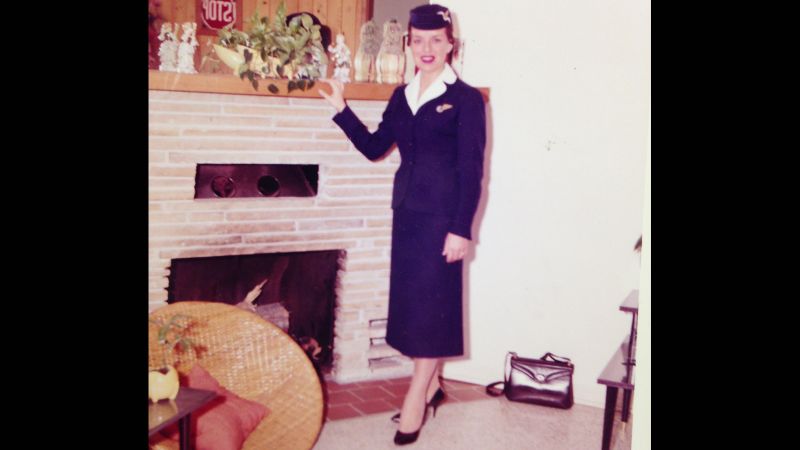The Journey of Bette Nash: A Flight Attendant’s Legacy
Bette Nash, a seasoned flight attendant, has committed nearly six decades to the skies, showcasing a remarkable evolution in air travel. This article delves into her experiences and the significant changes in the airline industry over the years.

The Allure of Flight Attending
“I wanted to be a flight attendant from the time I got on the first airplane,” Nash recalls. The allure of the profession captivated her as she witnessed the interaction between the pilots and flight attendants, solidifying her dream.

The Evolution of Training
Flight attendant training underwent significant transformation over decades. Nash humorously describes it, stating, “People called it ‘Charm School’ in those days. They took you to the beauty parlor and cut all your hair off and plucked your eyebrows.”

Changes in the Airline Industry
When Nash began her career in the 1950s, the airline experience was vastly different. All flight schedules were managed with chalk on a blackboard, highlighting a time when regulations were printed in physical manuals rather than digital formats.

In conclusion, Bette Nash’s experiences reflect the rich history of air travel and provide insights into how the role of flight attendants has evolved. Her dedication and adaptability have made her a symbol of excellence in the airline industry.




